A klímakrízis egyik legnyilvánvalóbb hatása Budapesten a csapadékmennyiség eloszlásának változása. Az éves csapadékmennyiség lényegében nem változik (kis mértékben még növekszik is), de eközben meredeken csökken a csapadékos napok gyakorisága. Egyre gyakoribbak a száraz, aszályos időszakok, ám ezzel párhuzamosan egyre nagyobb problémát jelent a hirtelen, nagy mennyiségben lezúduló csapadékvíz, melyet az elöregedő alapinfrastruktúra egyre nehezebben képes kezelni.
Az éghajlatváltozáshoz való minél jobb alkalmazkodás érdekében szemléletváltásra van szükség a csapadékgazdálkodásban, amely nyomán nem csak elhárítjuk a csapadékvíz okozta problémákat (pl. villámárvizek, elöntések, épületkárok), hanem a csapadékra értékes erőforrásként tekintünk és minél nagyobb mennyiségben igyekszünk hasznosítani is azt. Ez többek között új infrastrukturális beruházásokat és korszerű esővízhasznosítási megoldások széleskörű elterjesztését jelenti (pl. vízáteresztő burkolatok, esőkertek, zöld tetők, stb.). Szükség van ezen túl a jogszabályi környezet javítására, egységesítésére is, hiszen az esővíz nem áll meg a kerülethatárokon. A két szintű (kerületi és fővárosi) önkormányzati rendszerből fakadóan Budapest csapadékvízgazdálkodási kérdései sok esetben nem tisztázottak. Ma már több kerületben megjelenik csapadékvizek hasznosítására vonatkozó szabályozás, miközben fővárosi szinten ez még nem megoldott.
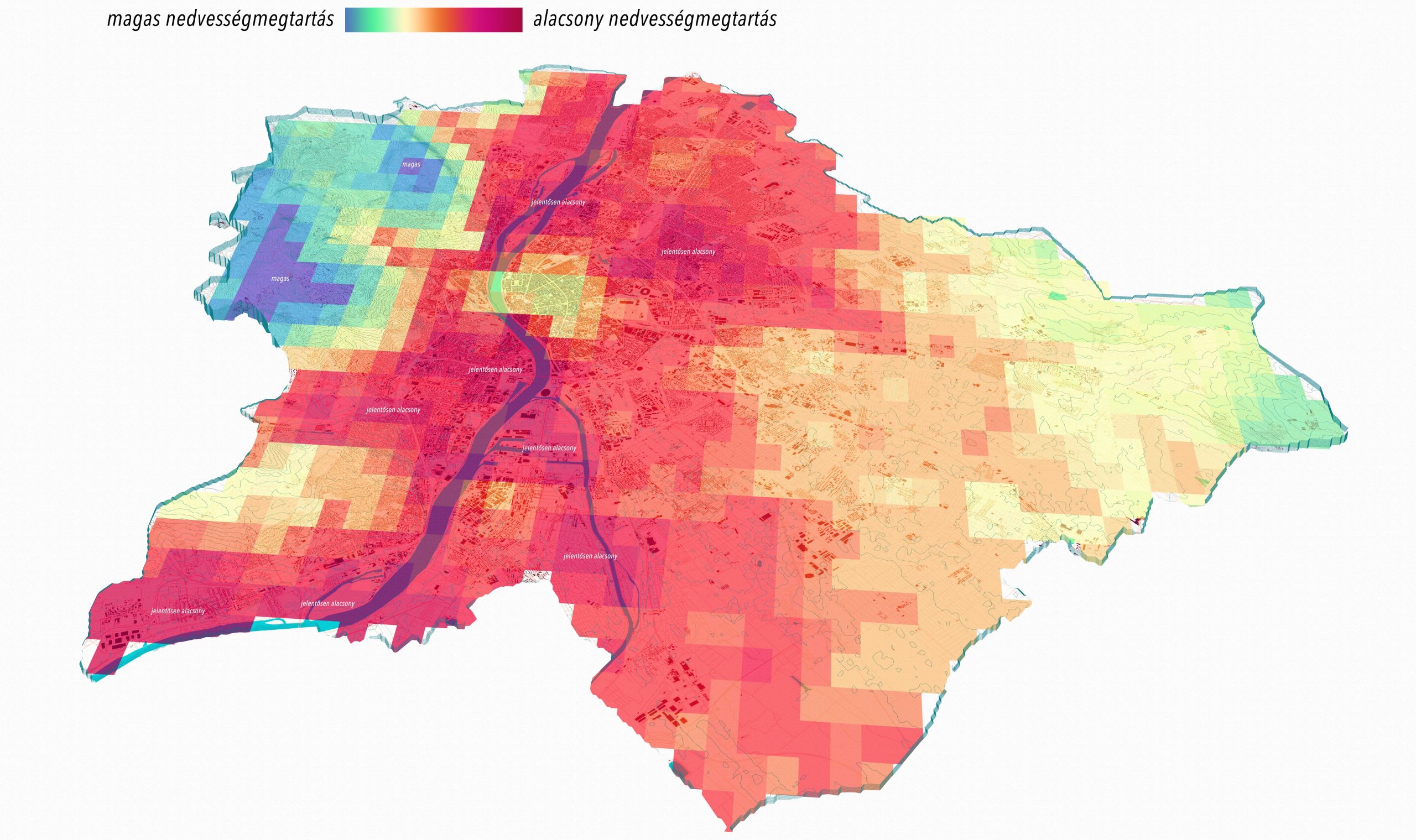
Budapest szárazságindex térképe
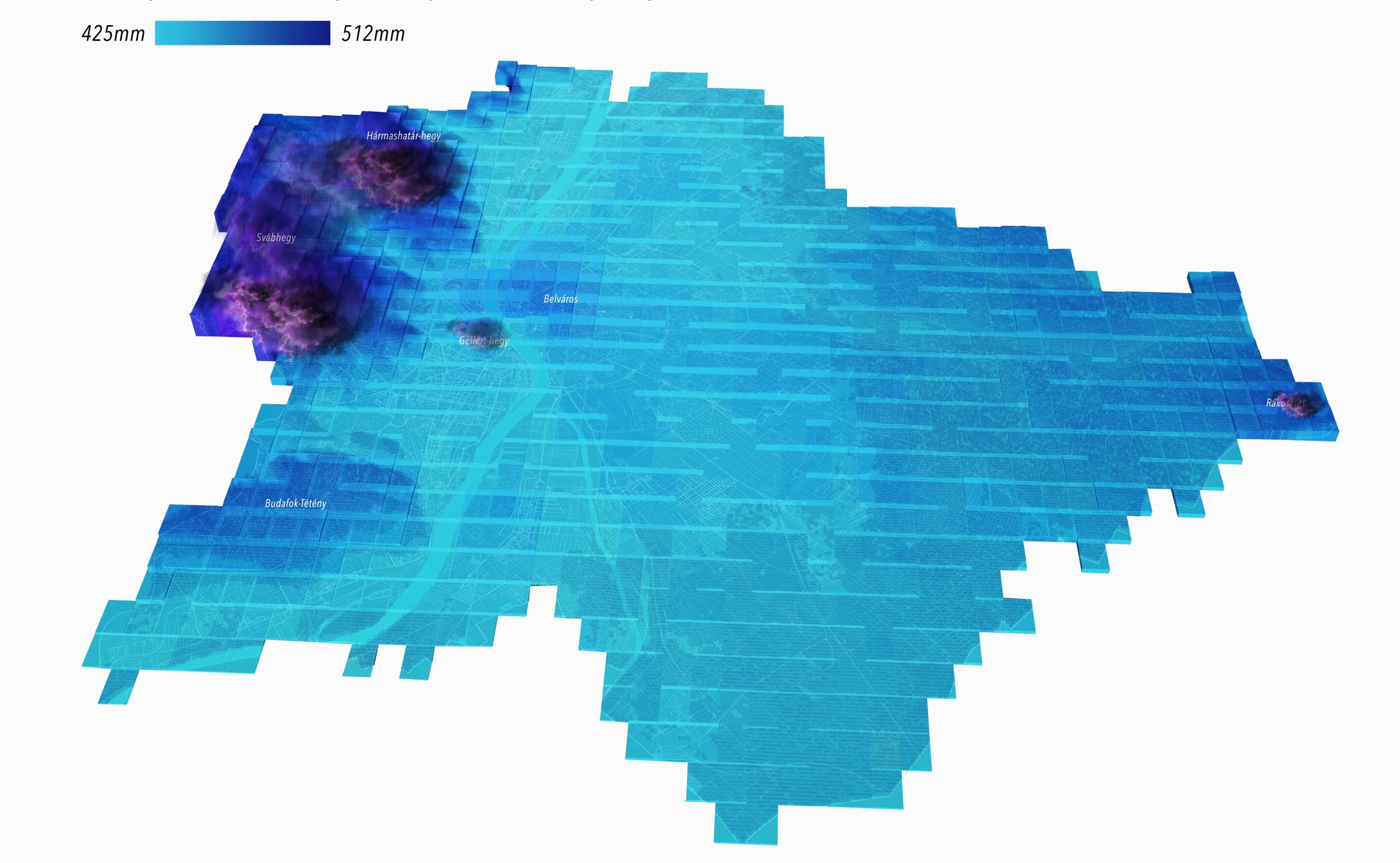
Budapest éves átlagos csapadékmennyisége (képek forrása: atlo.team)
Hasonló problémaként jelenik meg a csapadékvíz-elvezető infrastruktúra működtetésének egységes finanszírozása. Általános értelemben elmondható, hogy a csapadékvízzel való gazdálkodás fővárosi szintű összehangolásával kapcsolatos, valamint a főváros egészére kiható koncepcionális, szabályozási, beruházási stb. döntések meghaladják az egyes kerületek kompetenciáját.
A csapadékvízgazdálkodás egységes fővárosi keretét és irányait kívánja meghatározni Budapest – jelenleg még csupán előkészítési fázisban lévő – csapadékvíz-gazdálkodási stratégiája. A Városi Eső projekt nagyon fontos állomása e stratégia megalkotásának, hiszen annak konkrét beavatkozási javaslatai nagy mértékben a Városi Eső keretében lefolytatandó vizsgálatok eredményein alapulnak majd, úgy is mint
Az így elkészített, adatalapú stratégia ajánlásokat tesz a csapadékvíz-visszatartás helyszíneire, eszközeire, az esővíz helyben hasznosításának lehetőségeire, illetve a csapadékok okozta városi elöntések, villámárvizek elleni védekezésre.
A stratégiát a Főpolgármesteri Hivatal Klíma- és Környezetügyi Főosztálya készíti, és a Fővárosi Közgyűlés hagyja jóvá. A dokumentum várhatóan 2025-ben kerül a Fővárosi Közgyűlés elé.
Kép forrása: Wikipedia



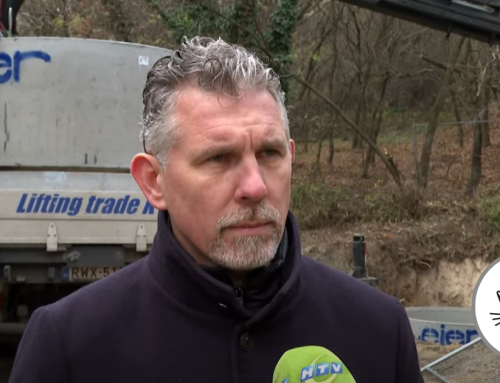
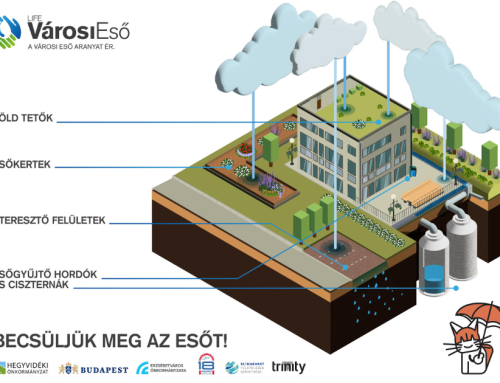
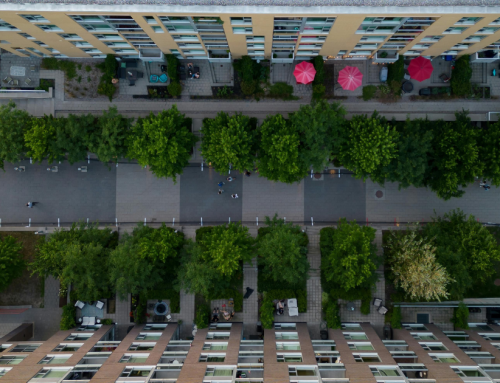

Hagyj üzenetet